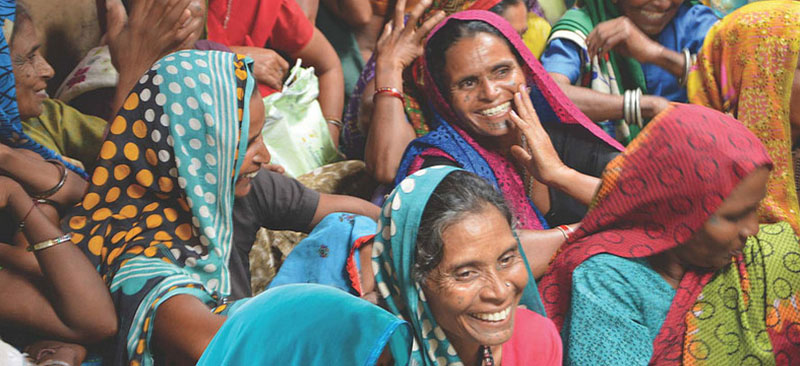This focus note explains the reasons why the poor save in SHGs. As per the study conducted by GTZ in 1997; the important factors which the poor keep in mind before accessing savings facility of an institution are:
security,
convenience,
liquidity and
positive returns
The note further explores how financial institutions like banks and MFIs lend to SHGs based on their internal savings. The groups usually intend to access external funds, which are available at rates lower than market. But for reasons states above the organisations faces the challenge of ‘savings’ being just used to fulfil the minimum eligibility criteria to access loans from external sources. However, these challenges can be overcome through strategies like:
Offering customised and voluntary savings products to the SHG members, formation of a professionally run external fund from where SHGs can draw when cash flow needs are higher than usual etc.



